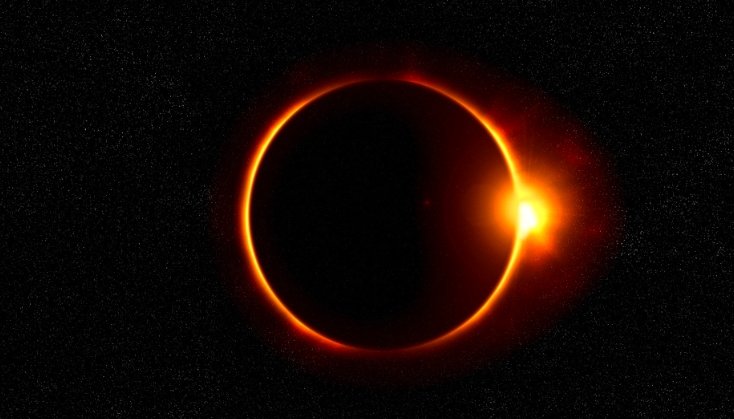FORT WAYNE, Ind. (21Alive) — It was the kind of sky show that people plan vacations around, buy special glasses for, and remember for a lifetime.
On April 8, 2024, a total solar eclipse swept across North America, casting cities like Fort Wayne into midday twilight. Crowds gathered in parks, on rooftops, and in backyards. Cameras clicked. Cheers erupted as the Moon slid perfectly in front of the Sun.
A year later, Fort Wayne residents are still looking back at the rare moment of celestial synchronicity—and forward to a very distant encore.
Mark your calendar—if you’re planning to live to 2099
Unless you’re planning for an extremely long life or banking on future cryogenics, your next chance to witness a total solar eclipse in Fort Wayne won’t arrive until September 14, 2099—a full 74 years from now.
That long wait has left some skywatchers nostalgic and others strategizing for future travel.
“I was there with my daughter,” said one local resident revisiting eclipse photos. “She was seven. I hope she gets to see the next one here, even if I won’t.”

What’s coming next for Fort Wayne?
Though totality is off the table for decades, Fort Wayne residents will still get some solid celestial moments:
-
January 14, 2029 – A partial solar eclipse, visible from Fort Wayne. While the Sun won’t be fully covered, skywatchers will notice a clear bite out of it.
-
August 23, 2044 – A total eclipse will sweep across states like Montana, North Dakota, and South Dakota. Fort Wayne won’t see totality, but it might be worth the trip west for serious eclipse chasers.
-
August 12, 2045 – The big one. A dramatic total eclipse will pass over 13 U.S. states, stretching from California to Florida. Fort Wayne will again see a partial eclipse, but the event promises to be one of the most significant in U.S. history.
Why totality matters
Astronomers and enthusiasts alike stress that while partial eclipses are impressive, nothing compares to totality.
When the Moon fully covers the Sun:
-
The sky darkens like twilight
-
Stars and planets become visible
-
Birds go silent, and temperatures drop
-
A halo of plasma (the solar corona) becomes visible to the naked eye
“You don’t just see it,” said one astronomer. “You feel it. It’s a shift in the entire atmosphere.”
One for the history books—and scrapbooks
As Fort Wayne residents review their eclipse photos from last year, they’re also sharing stories and tips for those chasing the next one. Solar viewing glasses, camera filters, and even full-scale road trips are back on the radar for 2045 and beyond.
In a world filled with daily noise and breaking headlines, a total solar eclipse is a rare moment when the entire nation looks up in shared wonder—and for a few minutes, everything else disappears into shadow.













